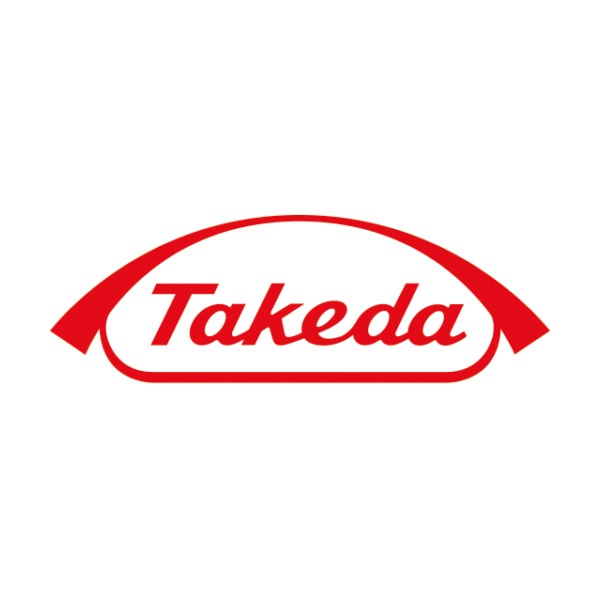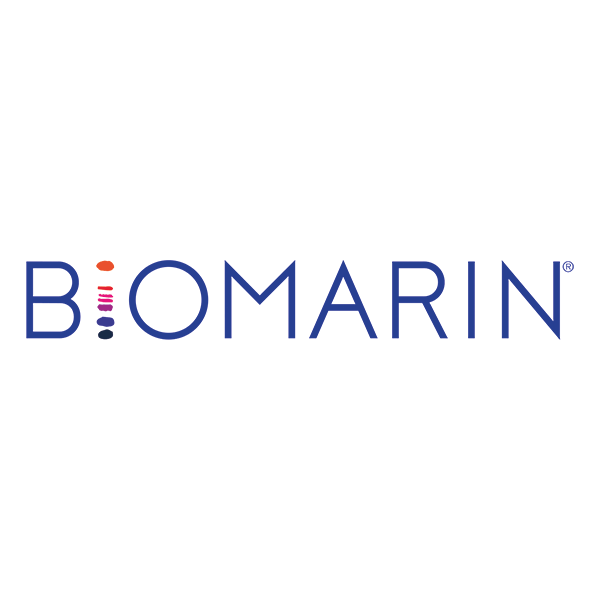Meet Natasa
This video was recorded for the 10th anniversary of hae day :-)
Tell us a little about yourself
I am Natasa Angjeleska and I live in Skopje, North Macedonia. I started taking part in awareness-raising and advocacy for hereditary angioedema after my son was diagnosed in 2008. Initially, this was mostly through media and appeals to health authorities.
After I joined the patient association HAE Macedonia, I initiated many activities to raise public awareness and education for patients, their family members, and medical personnel not only in N. Macedonia but in the countries across the region of South Eastern Europe (SEE).
I started my work as an RPA in 2016. Since then, I’ve organized regional workshops and gatherings of patients, patient groups, physicians, and pharma representatives from SEE countries and contributed to creating ties and cooperation within the region and globally.
I’m also voluntarily engaged in assisting rare disease patients in N. Macedonia in the fight for improved access to medicines and quality of life through amendments to legal regulations and creating inclusive health policies.
Professionally I hold a Ph.D. of Philosophy in the field of education, and I believe that education and public engagement are key to future prosperity.
Tell us a little about your region
SEE region has joint history, extreme natural beauty with high mountainous landscapes, fertile soil, large rivers, lakes, and seasides, delicious food, divine wine, remarkable music, and folklore.
The high mountains have a significant impact on the climate in our region. The northern and central parts of the Balkan peninsula have a central European climate, with cold winters and hot summers, and well-distributed rainfall. The southern and coastal areas have a Mediterranean type of climate with hot, dry summers and mild, relatively rainy winters.
Most languages spoken in the SEE region are members of the Indo-European language family (Romance, Albanian, Greek, and Slavic branches), with the exception of Turkish. The multilingual contact on much of this territory gave rise to Balkan Sprachbund (“Linguistic League”), which became the first linguistic area to be identified as such.
The people living in this region are cheerful, musically gifted, and very hospitable.
Five countries in the region are members of the European Union (EU): Bulgaria, Croatia, Greece, Romania, Slovenia, while others aspire to become member states.
In brief
- Region: South Eastern Europe
- Number of countries: 12
- Number of MOs: 8
What are you most proud of being able to do for the countries in your region?
I am proud that we were able to identify new patients across the countries in the region, mostly because of the courage of individual patients to speak out about their condition publicly, organize different awareness and advocacy activities.
I believe that the organization of five regional meetings in the past five years helped to build ties and motivate patients, caregivers, and physicians to communicate and collaborate. All of which helped to improve the life of people with HAE and family members.
I have initiated two joint regional initiatives to mark HAE Day, one in 2017 with compiling video SEE SMILE FOR HAE DAY with messages of HAE patients, and the other one in 2019 in creating the HAE SEE Picture book with pictures and stories about the silver lining in the cloud of HAE.
Patient organizations and patient groups now use HAEi resources, and so far, we have the HAE Emergency card translated into all the languages spoken in SEE (Albanian, Bulgarian, Bosnian, Croatian, Greek, Montenegrin, Macedonian, Slovenian, Romanian, and Turkish). Ten countries have their websites hosted on the HAEi web, seven countries use HAE connect, and youngsters from our region participate in HAEi youngsters’ activities and initiatives.
What changes have happened for people with HAE in your region whilst you have been looking after this region?
The number of diagnosed patients in the region has increased, I meet more physicians willing to work and provide care for HAE patients, and we have built a really strong community that supports each other and provides assistance when needed.
Two new patient organizations are now registered, HAE Montenegro and HAE Croatia, while two more are in the registration phase (HAE Albania and organization in Bosnia and Herzegovina).
Patients in some countries still struggle in diagnostics and access to modern therapies, but there are improvements in the level of public awareness for HAE in all of the SEE countries, increased levels of knowledge amongst HCPs, as well as huge achievements in the availability of medications in some countries (for example Serbia and N. Macedonia).
What next steps will you be taking to support your region?
First of all, I will continue my grassroots operations with patients, striving to assist in diagnosing more patients, as I don’t want them to live in pain and isolation, I want them to know that we are a global patient association that they can rely on and receive support, knowledge, resources and most of all feel safe about who they are.
Since we live in a high-tech time, I’m excited that HAEi developed apps such as HAE Companion and is launching HAE TrackR. I would love to see patients in the SEE region benefiting from these.
Getting access to quality health care services is very important, so I’ll continue offering cooperation and various educational activities for physicians and hopefully have more Angioedema Centers of Reference and Excellence (ACARE) centers accredited in the countries in the region.
Want to know more about another HAEi Regional Patient Advocate?
>> Central Eastern Europe, Benelux and Middle East
>> Central America and Caribbean
>> Mediterranean, North Africa and British Isles










